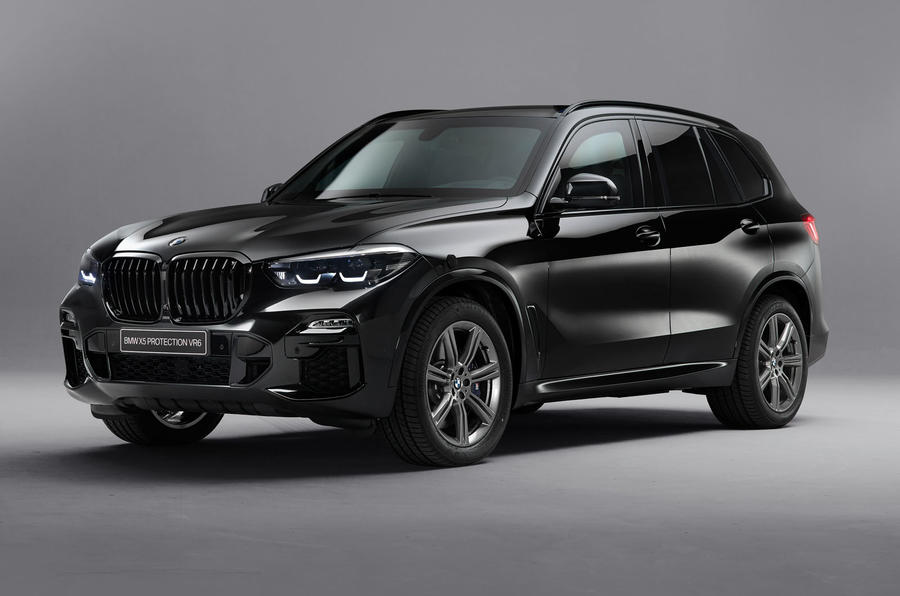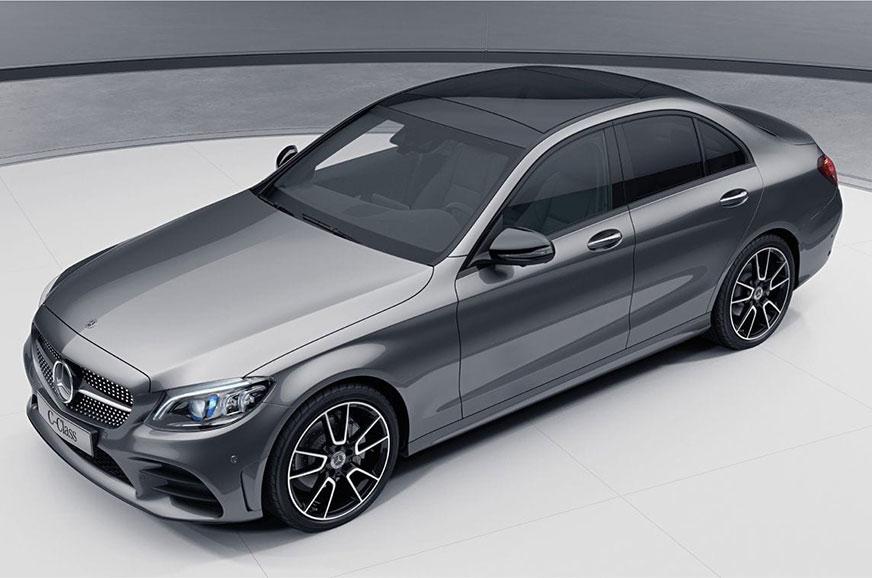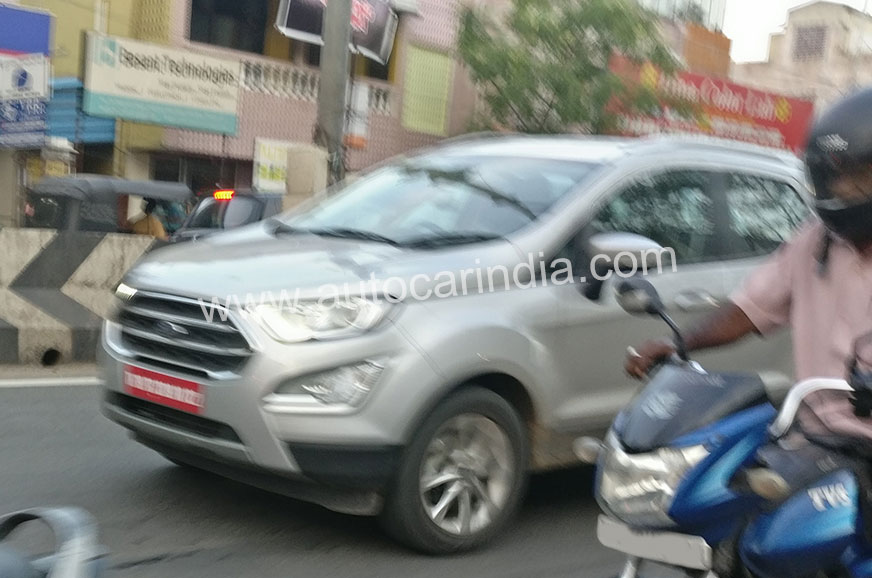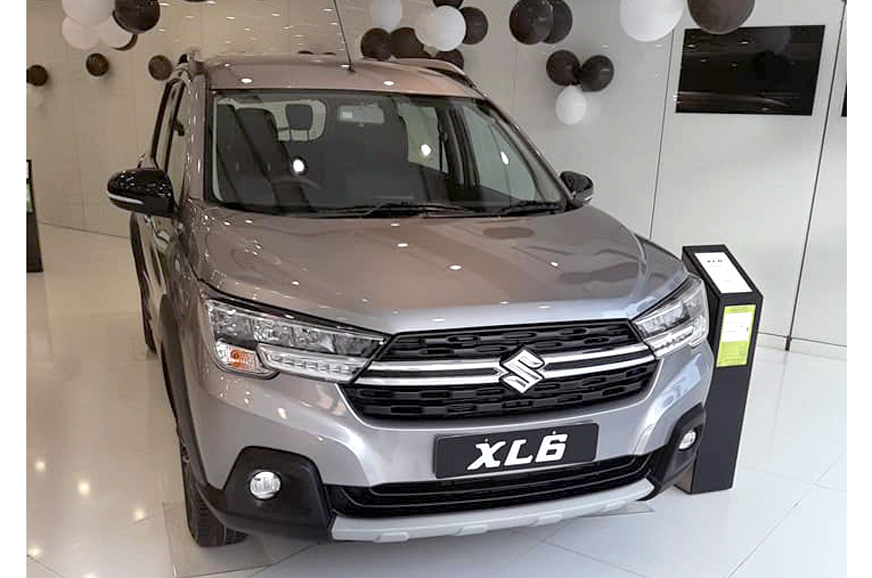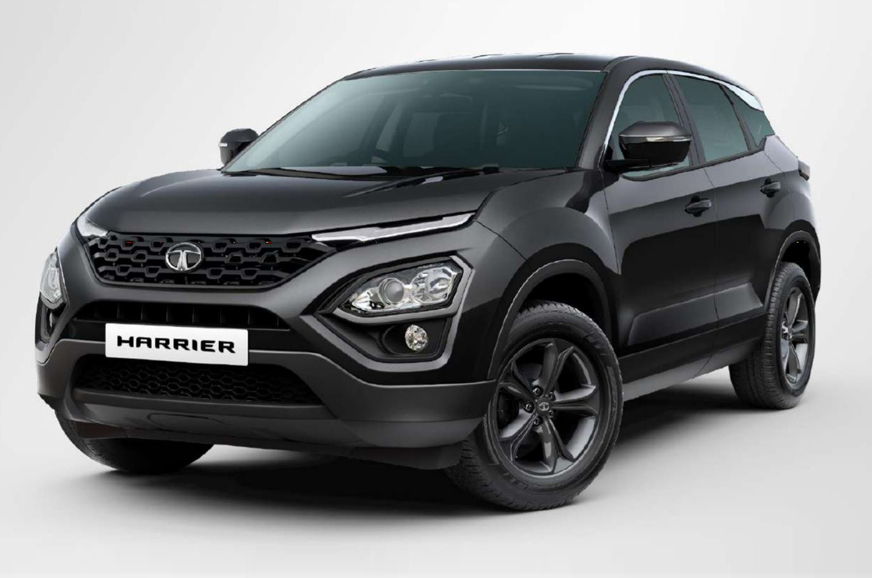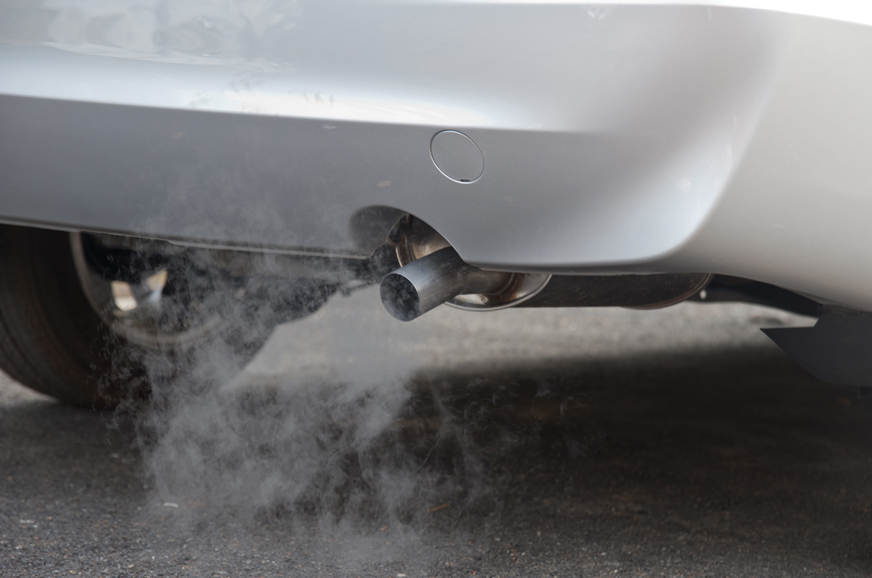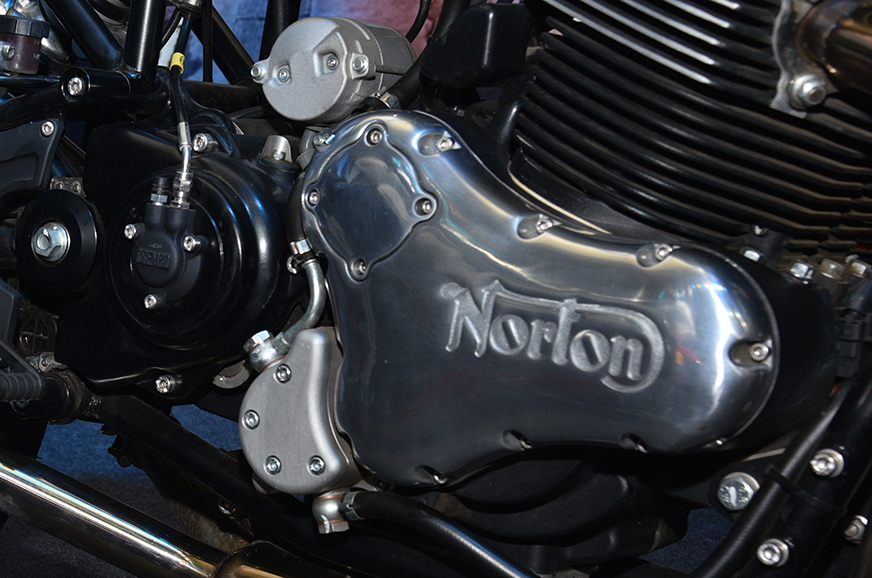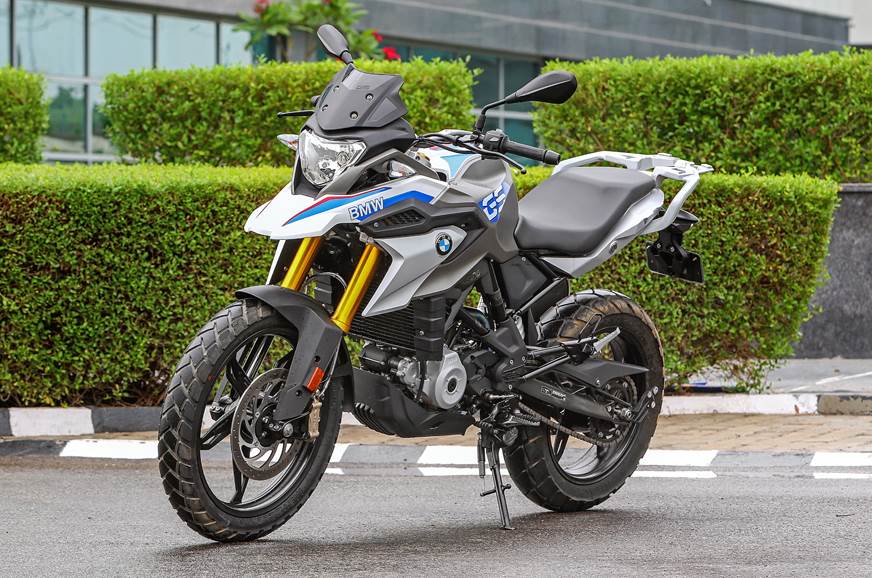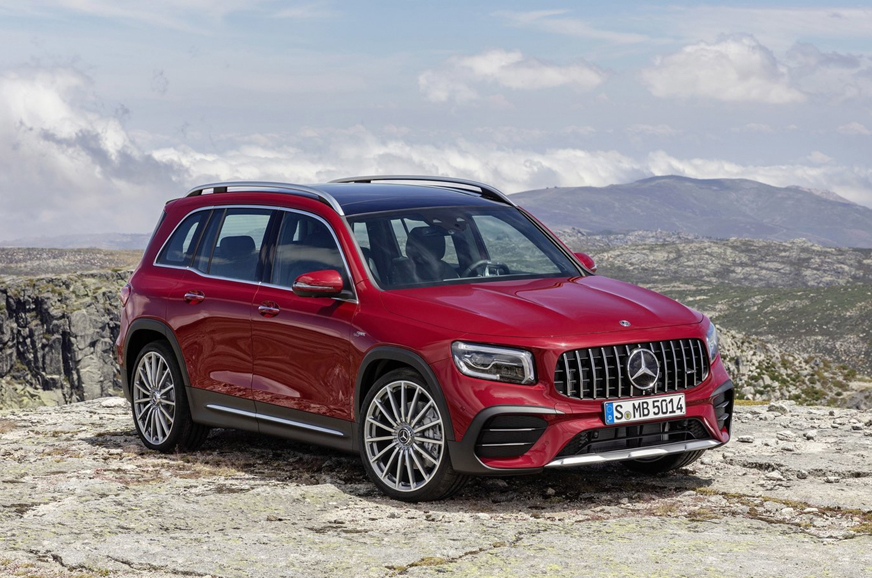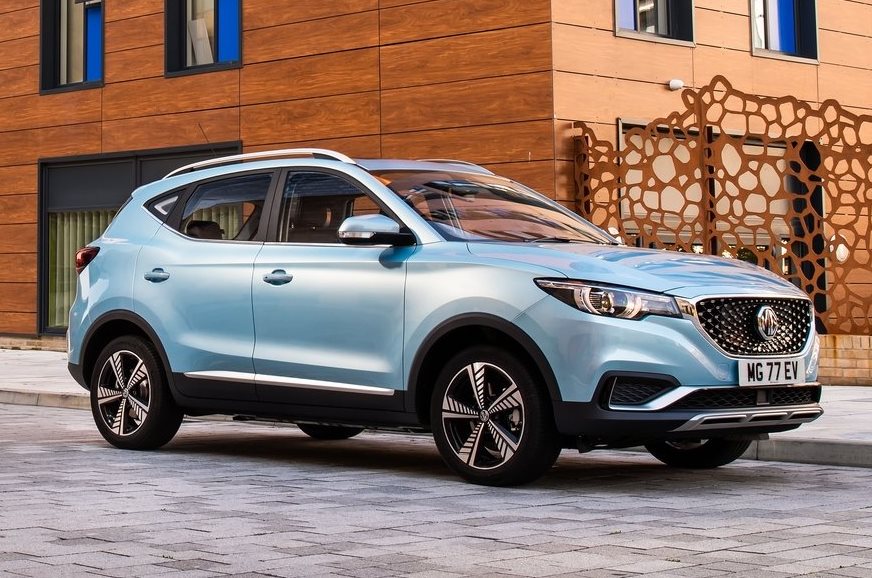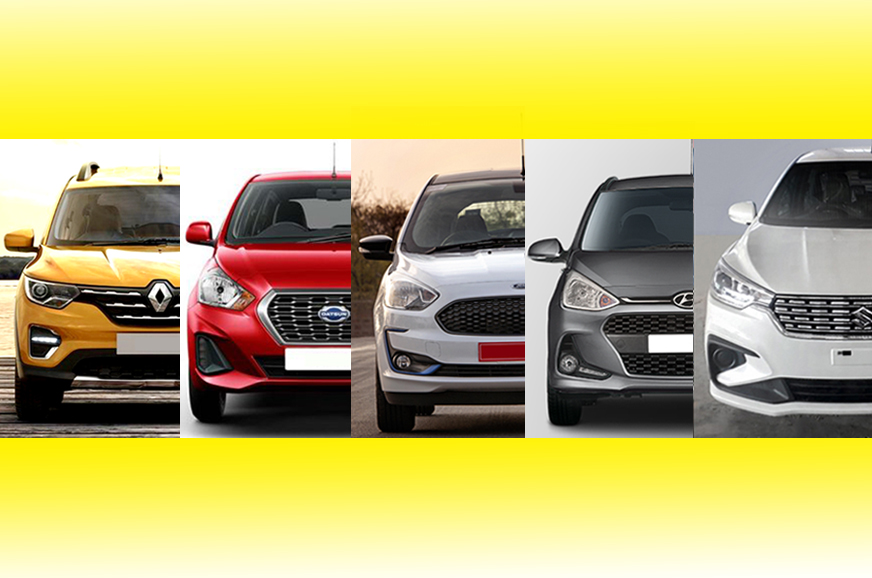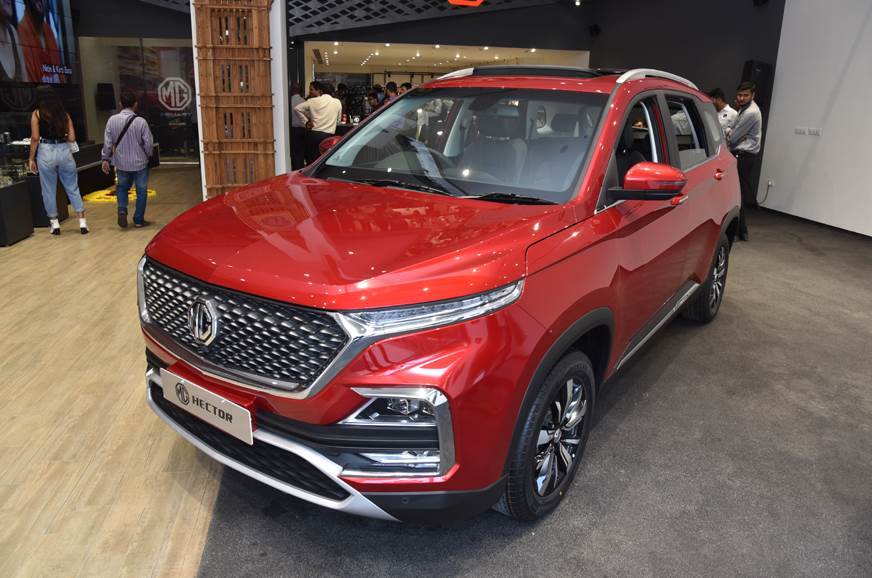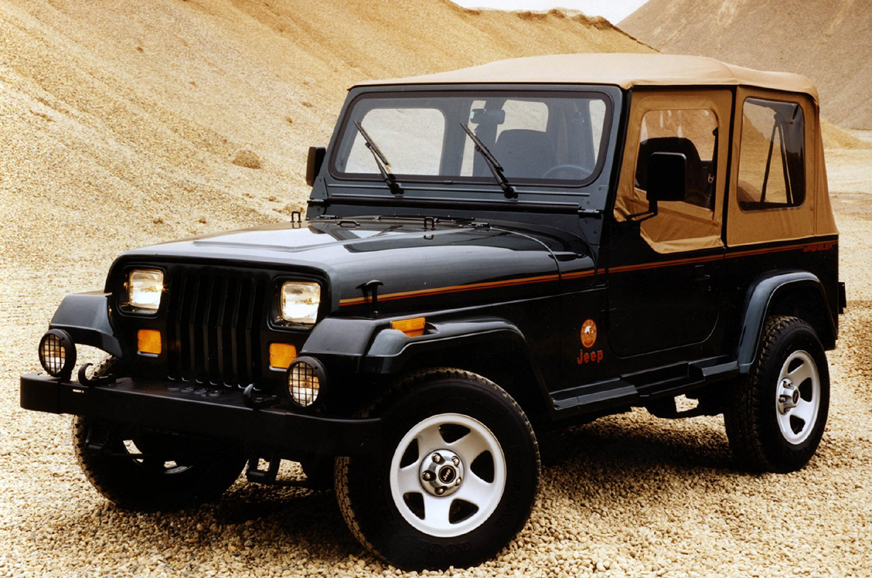
When you think of Jeep, in all probability the first car that comes to mind would be a Wrangler. This can be attributed to the fact that the Wrangler can trace its roots all the way back to the iconic Willys jeep, which many consider as the car that built the Jeep brand. Although the Wrangler is related to the Willys jeep, its lineage more accurately begins with Jeep’s CJ series, which was available for civilians to purchase and was introduced back in 1945. We have traced the Wrangler’s evolution over the years, below.
CJ-2A (1945-1949)
Immediately after the Second World War, Willys recognised the need for a simple, rugged go-anywhere vehicle that farmers and ranchers could use. The resulting CJ-2A was a civilianised version of the military Willys MB and was known as the Universal, because of the multitude of jobs it could fulfil. With a power take-off unit fitted, it could run farm machinery, while a speed governor meant it could creep along at about 6km pulling a plough, yet not overheat.
CJ-3A (1949-1953)
The bread-and-butter of the Jeep range continued with the CJ-3A that developed the civilian theme further. It introduced such luxuries as a one-piece windscreen and twin wipers. It also came with an opening vent just underneath the screen to help with ventilation. For many of its customers, though, the important upgrades were a stronger gearbox, transfer case and rear axle that made the 3A even better off-road. For farmers, there was also a Tractor model that did away with front shock absorbers, lights, windscreen, tailgate and all but the driver’s seat. However, it did have a three-point tail lift to operate machinery.
The CJ-3A was modified and sold as militarised version to the US Army, known as the M38 from 1950 to 1952.
CJ-3B (1953-1968)
In essence, the CJ-3B was an updated version of the CJ-3A and the biggest differentiator between the two models was the bigger ‘F-head’ engine, which made 25 percent more power and 9 percent more torque. This model was produced for a 15-year span. During that duration, Jeep sold around 1.55 lakh units of the CJ-3B.
CJ-5 (1955-1983)
A 28-year production span gives a good idea of just how popular the CJ-5 was, and it remains the Jeep many think of when asked about the brand. A longer wheelbase and overall length came with improvements to ride quality and its ability to deal with off-road work. This chimed with growing leisure use of this type of vehicle in the USA and Jeep answered calls for more power with the Dauntless V6 motor in 1965.
Then in 1973, a pair of V8 engines became available and every off-road fans’ dreams were answered. And if you wondered what happened to the CJ-4 that links the CJ-5 to the earlier CJ-3A, it was a one-off military prototype.
CJ-6 (1955-1981)
The CJ-6 was a longer wheelbase version of the evocative CJ-5. Adding an extra 20-inches of length (about 510mm) between the axles was in direct response to customer demand and Jeep also offered a rear-wheel drive only commercial model with no rear seats.
Changes to the engine line-up mirrored those for the CJ-5, but the 6 was also offered with a 192cu in (3.1-litre) Perkins diesel engine throughout the 1960s to satisfy business users. A relatively low 50,172 CJ-6s were made, which makes them prized by collectors now.
CJ-5 Renegade (1970-1983)
The first Renegade made its appearance in either Wild Plum or Mint Green, both with black stripes running along the side of the bonnet. They also sported eight-inch (20cm) wide wheels for a sportier look and better dirt-busting. The Renegade II followed in 1971 in a similar theme but with different limited edition colours, including the super rare Big Bad Orange.
After that, in 1972, the Renegade became a regular feature of the CJ-5 range complete with 304cu in (5.0-litre) V8 engine, and Trak-Lok limited slip differential.
CJ-7 (1976-1986)
The CJ-7 saw the classic Jeep shape reach full pomp. A marginally longer wheelbase helped provide more cabin space and you could now order a moulded plastic hard-top with metal doors to finally make the Jeep fully weatherproof. Despite the greater comfort and many CJ-7s sporting the Golden Eagle package with large bonnet decal, it could still cover ground off-road, as was proved by a 30-day crossing of the infamous Darien Gap led by Mark Smith.
Wrangler YJ (1987-1996)
The Wrangler YJ marked the beginning of the Wrangler line, which was a replacement for the CJ line. At first glance, it seemed only the headlights had been changed for rectangular units, but under the skin the Wrangler was much more closely linked to the second-generation Cherokee. That meant this new Jeep came with four- and six-cylinder engines, as well as improvements to the 4x4 system such as Command-Trac and Selec-Trak.
Wrangler TJ (1997-2006)
The Wrangler TJ brought back the retro-look and the rounded headlight from the older CJ-7. Though mechanically, around 80 percent of the parts on the TJ had been redesigned when compared to the Wrangler YJ. One of the biggest changes on the Wrangler TJ was the Quadra-coil suspension, which finally replaced the older cars leaf-spring setup. The TJ also got an updated interior, removable doors, a choice of a soft top or removable hardtop and a 4.0-litre straight-six engine from that era’s Cherokee.
Wrangler JK (2007-2018)
The Wrangler JK was launched in 2007 and it came equipped with an all-new frame, refreshed interior and exterior styling, new engine, updated safety equipment and more convenience features. Jeep also introduced a four-door version of the car known as the Wrangler Unlimited. The Unlimited had all the features seen on the Wrangler including removable doors, exposed hinges, fold-down windshield, removable and convertible top options.
Wrangler JK Unlimited (2018-present)
Jeep was riding high in the charts in 2018, and a good deal of this success was down to its core model, the Wrangler. This is where all that brand credibility stems from and it looks like buyers in the USA cannot get enough of it.
In 2017, 1,90,522 of them were sold in its home country alone and the new Rubicon model helped 2018 see 2,40,032 US sales.
Closer to home, Jeep has launched the 2019 Wrangler in India at a price of Rs 63.94 lakh (ex-showroom, pan-India).
Also see:
2018 Jeep Wrangler review, test drive
Click here for all Jeep models, prices, reviews, images, videos and more
Click here for Jeep Wrangler, prices, reviews, images, videos and more
from Autocar India https://ift.tt/2LePl3u
via IFTTT
